All Products
-
Copper Foil Shielding
-
RF Shielded Doors
-
RF Shielded Windows
-
Radiation Protection Lead Glass
-
Non Magnetic Tool Kit
-
Nuclear Radiation Protection
-
Nuclear Radiation Detector
-
RF Shielded Chamber
-
Honeycomb Waveguide Air Vents
-
Conductive Adhesive Copper Tape
-
Copper Wire Mesh
-
X Ray Lead Glass
-
EMI Shielding Gasket
-
Electrically Conductive Fabric
-
Radiation Protection Door
-
Radiation Protection X Ray
-
Faraday Cage MRI
-
Copper Wire Wool
-
MRI LED Lighting
-
Non Magnetic Wheelchair
-
Non Magnetic Stretcher
-
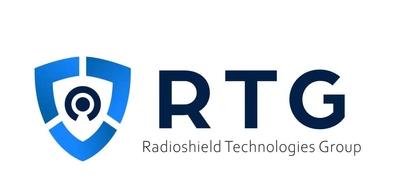 AnasBrass honeycomb vent Looks Very Nice
AnasBrass honeycomb vent Looks Very Nice -
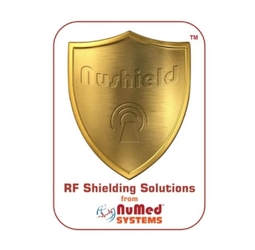 SatheeshMRI/RF doors are shining with handles, Thank you My friend.
SatheeshMRI/RF doors are shining with handles, Thank you My friend.
Customizable Lead Glass For High Shielding Protection In Ct / X-ray Room
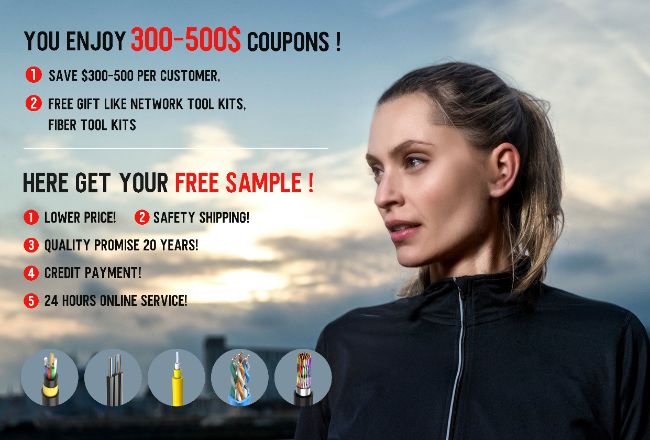
Contact me for free samples and coupons.
Whatsapp:0086 18588475571
Wechat: 0086 18588475571
Skype: sales10@aixton.com
If you have any concern, we provide 24-hour online help.
xProduct Details
| X-Ray Protection | Up To 150KV | Edge Type | Smooth |
|---|---|---|---|
| Surface Finish | Polished | Lead Equivalent | 2Pbmm/3Pbmm/4Pbmm |
| Shape | Rectangular | Reflection | <1% |
| Color | Transparent | ||
| Highlight | Customizable x ray protection glass,High Shielding Lead Glass,Customizable X-ray Room Lead Glass |
||
Product Description
Product Description





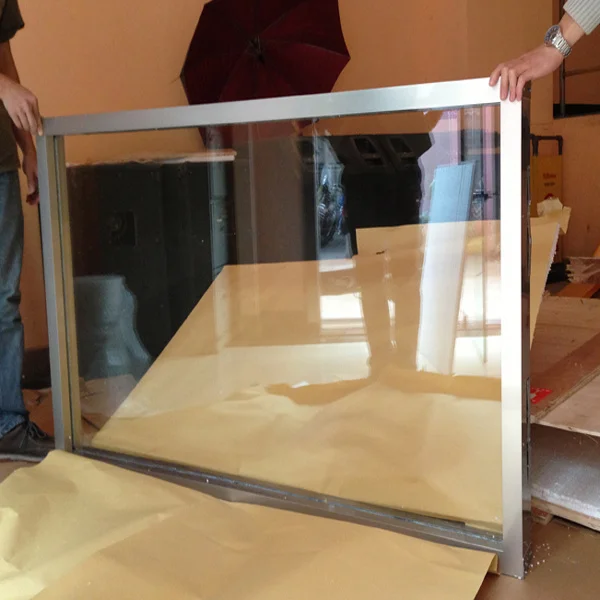

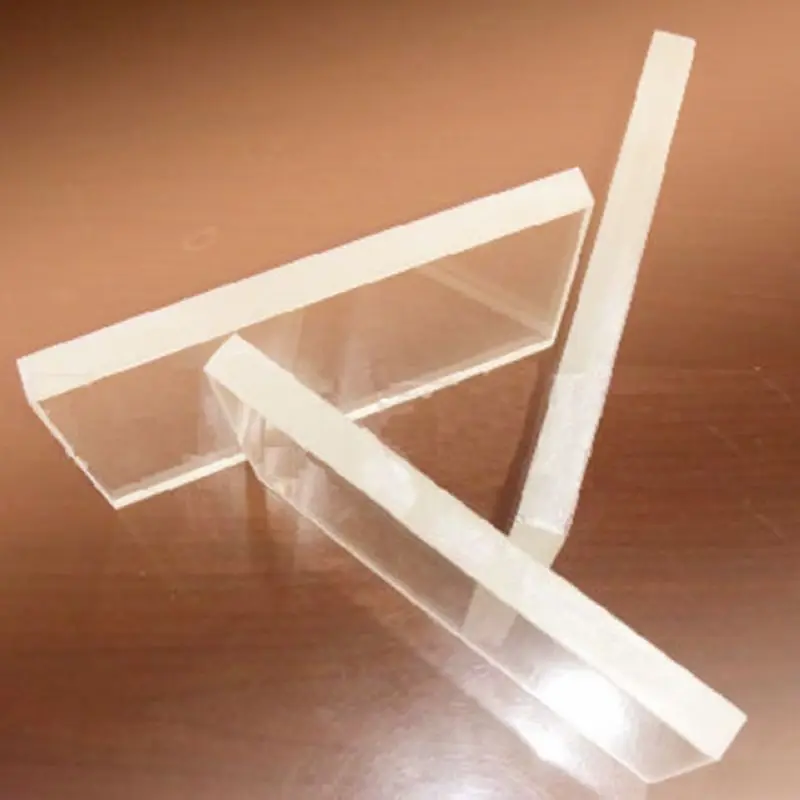
Specification
Product Application
The properties of lead glass make it useful for many applications. The majority of them, however, make use of its optical
properties, in particular. Here are a few examples:
1. In the medical and research fields where visibility is required during procedures or experiments that involve radiation, lead glass can achieve the same radiation attenuation as the surrounding walls or barriers while allowing visibility to the
operator. A typical example is the viewing window of an X-ray room or a laboratory experimenting with radioactive materials.
2. The high refractive index of lead glass is useful for the production of lenses as thinner lenses can be crafted to achieve
similar focal lengths to ordinary ophthalmic glass. Lead glass is thus used for special medical glasses, binoculars, microscopes and telescopes.
3. Digital projectors use lead glass because it has a high level of transmission over short wavelengths, which is typical of
projector laser beams. Further, the temperature rise caused by the light source does not distort the image projected by lead glass because it has a lower thermal conductivity than lead-free glass.
4. It is useful in instruments that operate in the near-ultraviolet region and the near-infrared region as in bio-fluorescence,
gene analyses, spectrometry and telecommunication.
5. Lead glass is used in laser optics for printing and photocopying technologies.
6. Lead glass used to be popular for its use as glassware, but due to the health implications of ingesting lead, its application for storing and serving drinks has dwindled dramatically in recent times. Instead, lead crystal is used for ornamental purposes, such as chandeliers and decorative vases.
properties, in particular. Here are a few examples:
1. In the medical and research fields where visibility is required during procedures or experiments that involve radiation, lead glass can achieve the same radiation attenuation as the surrounding walls or barriers while allowing visibility to the
operator. A typical example is the viewing window of an X-ray room or a laboratory experimenting with radioactive materials.
2. The high refractive index of lead glass is useful for the production of lenses as thinner lenses can be crafted to achieve
similar focal lengths to ordinary ophthalmic glass. Lead glass is thus used for special medical glasses, binoculars, microscopes and telescopes.
3. Digital projectors use lead glass because it has a high level of transmission over short wavelengths, which is typical of
projector laser beams. Further, the temperature rise caused by the light source does not distort the image projected by lead glass because it has a lower thermal conductivity than lead-free glass.
4. It is useful in instruments that operate in the near-ultraviolet region and the near-infrared region as in bio-fluorescence,
gene analyses, spectrometry and telecommunication.
5. Lead glass is used in laser optics for printing and photocopying technologies.
6. Lead glass used to be popular for its use as glassware, but due to the health implications of ingesting lead, its application for storing and serving drinks has dwindled dramatically in recent times. Instead, lead crystal is used for ornamental purposes, such as chandeliers and decorative vases.
Recommended Products




